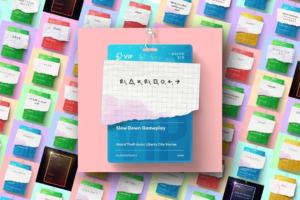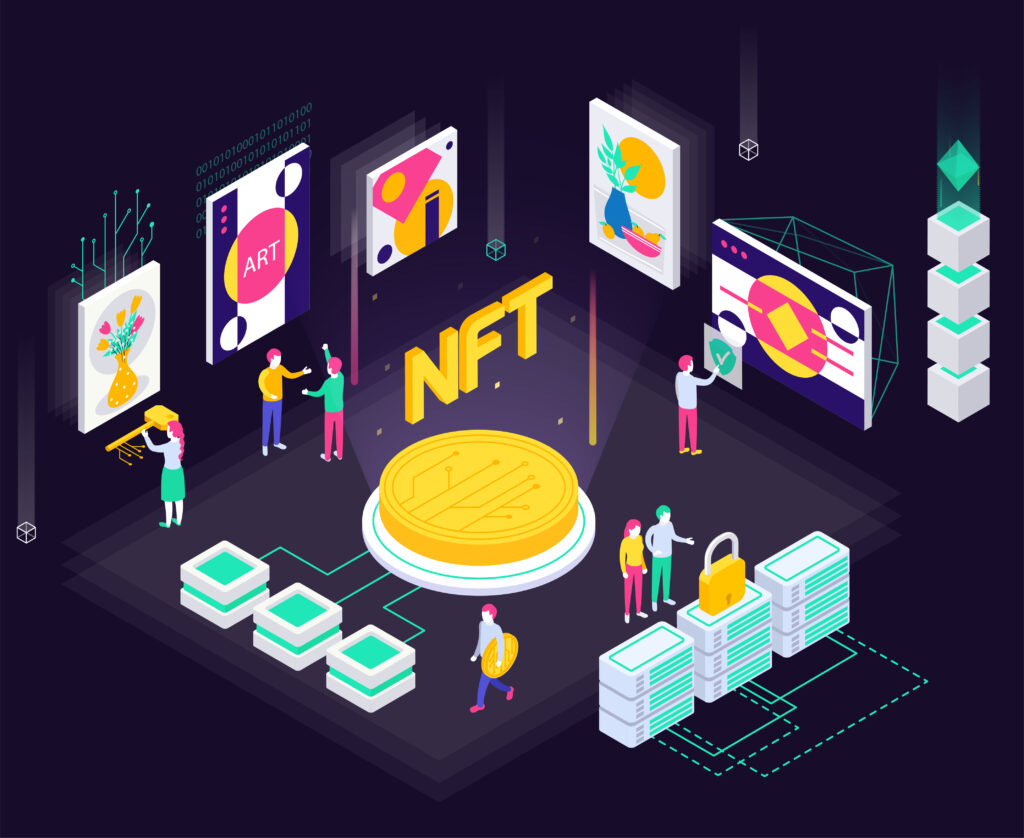
Widespread blockchain adoption. It didn’t happen in 2018, but it still feels like we’re right on the cusp.
One of the biggest obstacles blockchain is still trying to overcome is accessibility. For all its great potential, we won’t see far reaching implementation until people can use it easily. How can blockchain take a form that’s approachable to the general, non-coding public?
For now, much of the world, including small business leaders who form the backbone of many nations’ economies, still doesn’t know what they’re missing.
Who Needs Blockchain?
Let’s say you own a small to midsize enterprise with a strong digital presence, but you’re tired of the problems associated with traditional internet. You can’t reach potential clients in China, content regulations are different in Europe, and payment across borders is cumbersome.
You’d prefer to have your data management distributed and open source instead of locked up in some centralized server that hopefully won’t crash. Switching to a blockchain system would solve all these problems, but you don’t have the revenues to hire a team of blockchain devs who can transfer your digital presence to dApps.
You’re not alone. World Bank estimates over 90 percent of the world’s private companies are not large enterprises, but SMEs like yours. These modest enterprises are responsible for over half of the world’s GDP and employment, and they’re particularly important in emerging markets where they create 4 out of 5 new jobs.
Making blockchain technology accessible for global SMEs is a necessary push in achieving widespread adoption. To do this, setting up on blockchain needs to be as easy as using Squarespace, WordPress, or GoDaddy.
Ethereum Provides a Platform, but User-Friendly Implementation Has Remained Elusive
For all the ICOs launched in the past couple of years, only a handful have devoted themselves to this particular problem. After an encounter with Vitalik Buterin five years ago, retired fintech engineer Joe Lubin realized that blockchain “has the potential to shatter the silos of power and re-balance the information asymmetries that disadvantage so many.” He developed ConsenSys, a support system for devs and entrepreneurs to build on Buterin’s Ethereum platform.
Ethereum is perhaps the first and certainly the biggest platform for such developments. But ConseSys isn’t quite aimed at the everyday user. While it pushes blockchain’s potential forward, it will take more to bridge the gap for the general populous.
Bringing Blockchain’s Potential to the Everyday User
Eric Tippetts takes things a step further with NASGO. Aiming to be the ‘GoDaddy of blockchain,’ NASGO offers toolkits geared towards artists, influencers, humanitarian organizations, independent businesspeople and SMEs. It’s a “decentralized hosting environment”, according to Tippetts.
It gets around regional internet censorship and “allows content to be seen in every part of the world, opening up blocked boundaries for communication and collaboration.” And it makes things intentionally user-friendly so clients don’t need to show up with previous skills in tech, finance or coding.
Putting Down Roots in Asia’s Emerging Markets
Just last month, NASGO took a step forward into the spotlight by partnering with BitForex, one of the top ten digital asset trading platforms in the world. The partnership went live after a signing ceremony in Nha Trang, Vietnam on January 11th, and Singapore-based BitForex began offering NASGO tokens (NSG) for exchange a week later.
Tippetts is ambitious, calling this only the first among many indexes that will begin listing NASGO over the course of 2019. NASGO already has more partnerships in China, Vietnam, Cambodia and Palau. These countries are looking at ways to expand their revenue base while embracing blockchain’s increased transparency and the protection it provides against fraud. As emerging economies, these countries also stand to gain by enriching their private sectors, which are made up primarily of SMEs, with empowering blockchain knowledge.
“Of all we are accomplishing, our most important mission for 2019 is to drive complete utilization of blockchain,” says Tippetts. “We are creating the infrastructure and widespread adoption that will allow the blockchain to achieve its highest potential in driving revenue for organizations all over the world.”
Usability is the Key to Blockchain’s Future, and the Reclamation of Our Data
With ConsenSys, NASGO and BitForex pushing the agenda of blockchain usability into 2019, the ‘new internet’ could be right around the corner. If history is any indicator, it’s only a matter of the 100th monkey catching on before we finally see the blockchain blow up that was prophesied throughout last year.
When we eventually cross that cusp, we can finally hope to have control of our data and transactions. We’ll be able to conduct small scale business and creative work more freely. And the world of banks and governments will have some adapting to do.
















I every time spent my half an hour to read this webpage’s articles or reviews all the time along with a cup
of coffee.
This is very attention-grabbing, You are a very skilled blogger.
I’ve joined your rss feed and sit up for seeking extra of your excellent post.
Additionally, I have shared your web site in my social networks
I simply couldn’t depart your web site prior to suggesting that
I actually loved the usual info an individual provide in your
guests? Is gonna be again frequently in order to investigate cross-check new posts